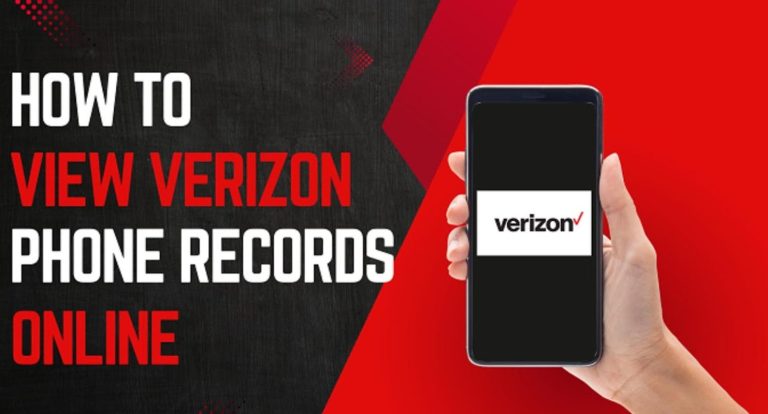Understanding Mid-Size Business Employee Health Insurance
Contents
What is Mid-Size Business Employee Health Insurance?
Mid-size business employee health insurance refers to health coverage plans offered by companies with a workforce typically ranging from 50 to 500 employees. These plans provide financial protection against medical expenses, ensuring that employees have access to quality healthcare services without incurring significant out-of-pocket costs.
Why is it Important for Mid-Size Businesses?
Offering mid-size business employee health insurance has several benefits for both employers and employees:
-
Attracting and Retaining Talent: In today’s competitive job market, comprehensive health benefits are a major draw for skilled professionals. Providing health insurance demonstrates that you value your employees’ well-being and are invested in their long-term success.
-
Improved Employee Morale and Productivity: Knowing they have access to quality healthcare allows employees to focus on their work without worrying about unexpected medical expenses. This leads to increased job satisfaction, improved morale, and enhanced productivity.
-
Reduced Absenteeism: Employees with health insurance are more likely to seek preventive care and manage chronic conditions effectively, reducing the likelihood of absenteeism due to illness.
-
Tax Advantages: In many countries, businesses can deduct the cost of providing health insurance from their taxable income, making it a financially sound decision.
Types of Mid-Size Business Employee Health Insurance Plans
There are several types of health insurance plans available for mid-size businesses, each with its unique features and benefits.
- Health Maintenance Organizations (HMOs)
HMOs offer a network of healthcare providers from which employees can choose. They typically require referrals from primary care physicians to see specialists. HMOs often have lower premiums but offer less flexibility in choosing providers.
- Preferred Provider Organizations (PPOs)
PPOs provide a broader network of providers, and employees can see specialists without referrals. While premiums may be higher, PPOs offer more flexibility and choice.
- Point of Service (POS) Plans
POS plans combine features of HMOs and PPOs. Employees have a primary care physician within a network and can see specialists outside the network with referrals, though at a higher cost.
- High-Deductible Health Plans (HDHPs)
HDHPs have lower premiums but higher deductibles, meaning employees pay more out-of-pocket before insurance coverage kicks in. HDHPs are often paired with Health Savings Accounts (HSAs), allowing employees to save pre-tax dollars for medical expenses.
Choosing the Right Plan for Your Business
Selecting the right mid-size business employee health insurance plan requires careful consideration of several factors:
-
Budget: Determine how much your business can afford to contribute towards employee premiums.
-
Employee Needs: Consider the demographics of your workforce, including age, health status, and family size.
-
Provider Network: Ensure the plan’s network includes providers your employees prefer.
-
Coverage Options: Evaluate the plan’s coverage for essential services, such as preventive care, hospitalization, prescription drugs, and mental health services.
-
Employee Feedback: Seek input from your employees regarding their healthcare needs and preferences.
Cost Considerations for Mid-Size Businesses
The cost of mid-size business employee health insurance can vary depending on several factors, including:
-
Number of Employees: The more employees you have, the higher the overall cost of coverage.
-
Plan Type: Different plan types have different premium structures.
-
Coverage Level: More comprehensive plans with lower deductibles and out-of-pocket maximums will have higher premiums.
-
Employee Demographics: The age and health status of your workforce can impact premiums.
-
Location: Insurance costs can vary depending on your geographic location.
Strategies for Managing Costs
While mid-size business employee health insurance is an investment, there are strategies to manage costs effectively:
-
Employee Cost-Sharing: Consider implementing employee contributions towards premiums or deductibles.
-
Wellness Programs: Promote healthy behaviors among employees through wellness programs, potentially leading to lower healthcare costs.
-
Negotiate with Insurers: Shop around and compare quotes from different insurers to secure the best rates.
-
Self-Funding: For larger mid-size businesses, self-funding may be an option, allowing more control over healthcare costs.
The Importance of Adequate Coverage
Providing adequate mid-size business employee health insurance coverage is essential for several reasons:
-
Financial Protection: Comprehensive coverage protects employees from the financial burden of unexpected medical expenses.
-
Access to Quality Care: Adequate coverage ensures employees can access necessary healthcare services without delay.
-
Employee Satisfaction and Retention: Providing quality health benefits demonstrates your commitment to your employees’ well-being, fostering loyalty and reducing turnover.
Conclusion
Mid-size business employee health insurance is a critical component of a successful company’s benefits package. By offering comprehensive coverage, you attract and retain top talent, boost employee morale, and promote a healthy and productive workforce. Carefully consider your options, manage costs effectively, and prioritize adequate coverage to ensure your employees have access to the quality healthcare they deserve.
Read More: Company Culture, Small Business & Health Insurance: A Healthy Connection





